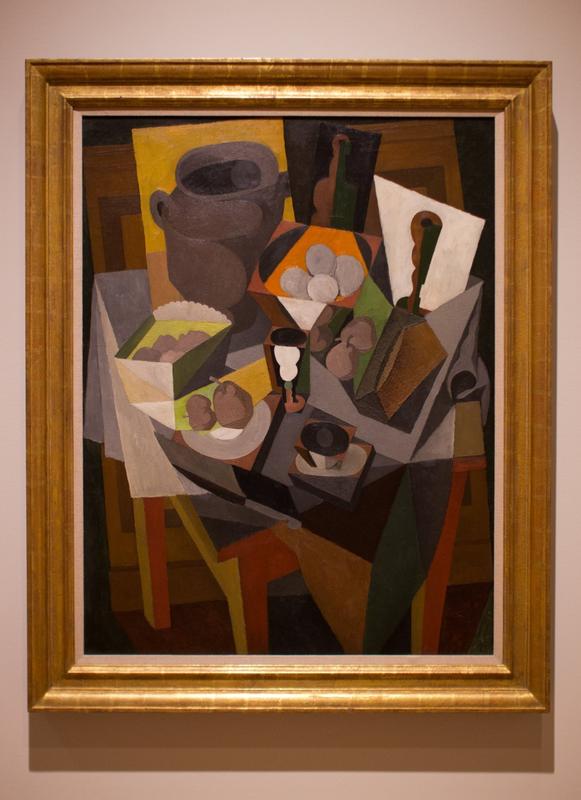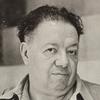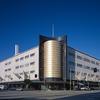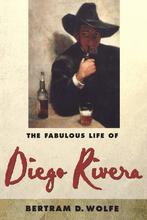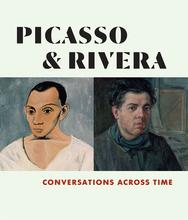More about Still Life with Bread and Fruit
- All
- Info
- Shop

Contributor
Still Life with Bread and Fruit takes “posting a picture for a free meal” to a new level.
Still Life with Bread and Fruit leaves its viewers in a wake of critical questions. For instance, if Diego Rivera studied art in Paris and allegedly ate both bread and fruit while there, but he returned from his studies with no real, painted, evidence of said meals, did the trip ever actually happen? Or perhaps the bigger question raised by this piece is, at what restaurant did Rivera eat this delicious-looking meal? And how was that janky table? With no hashtag, no geotag, and no location, the viewer finds oneself left with nothing more than longing eyes, a slew of questions, and an excess of speculation.
Rivera tended to stir up trouble regularly and this tendency shaped his career in a significant way. At the age of five his aunt had to escort him from a Catholic church for standing up in front of the congregation and declaring that it was silly to believe in the Virgin Mary since she was clearly constructed of wood. At sixteen, he was kicked out of art school for making fun of his teacher. And, in 1911, he was exiled from Mexico for blowing up a military storage unit out of excitement over Madero’s election. Perhaps it was thanks to this temporary expulsion from Mexico, or the ensuing bloodbath of a peasant revolution, but Rivera remained in Europe studying art for years before he would return to Mexico.
During his time in Paris and Spain, Rivera picked up on significant European influence. He also happened to make some fairly fortuitous human connections while he was out there. Most notably, he became friends with Picasso and Braque. While Rivera’s cubist paintings like the one above may have resembled the local trends, he made a very late but very valiant effort to rectify any accusations of trend-following. Specifically, he claimed in an interview that the work he produced in Paris was his “most Mexican” work.
However, it’s only the bread and the pitcher in this painting that show any hint of Rivera’s Mexican heritage. It was when Rivera moved back to Mexico that he began working on the distinctly Mexican nationalist pieces that he’s best known for now.
Sources
- Gopnik, Blake. "Rivera's Early Cubism: Showing His Fun Sides." The Washington Post. April 11, 2004. Accessed July 17, 2018. https://www.washingtonpost.com/archive/lifestyle/style/2004/04/11/river…
- Holliday, Taylor. "Latino Still Life." The Wall Street Journal. March 17, 2000. Accessed July 17, 2018. https://www.wsj.com/articles/SB953266055154768641.
- Knight, Christopher, and Art Critic. "LACMA's Uneven New Picasso and Rivera Show Reveals an Unprecedented, Must-see Discovery." Los Angeles Times. December 09, 2016. Accessed July 17, 2018. http://www.latimes.com/entertainment/arts/la-et-cm-picasso-rivera
- Michaud, Jon. "Diego Rivera: Troublemaker." The New Yorker. June 18, 2017. Accessed July 17, 2018. https://www.newyorker.com/books/double-take/diego-rivera-troublemaker.

